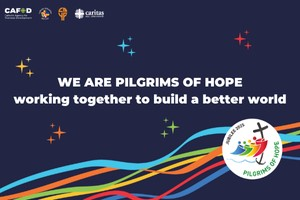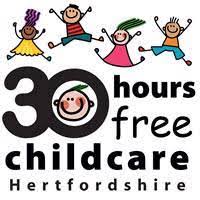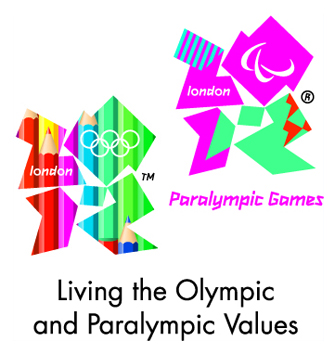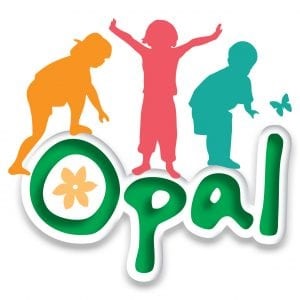Statement of intent for history curriculum at St Philip Howard
Intent
Why do we teach this? Why do we teach it in the way we do?
At St Philip Howard Catholic Primary School, we intend for our teaching of history to inspire pupils’ curiosity about the past. It is our aim to help develop and nourish children to become great historians. We follow 'Kapow,' which is designed to ensure children leave primary school with an understanding of the past which paves the way for their future. We take our children on a journey through time to give them broad chronological and coherent knowledge of history; where all time periods fit in and how they relate to each other. Through our history lessons, pupils develop their ability to ask perceptive questions, think critically, analyse evidence, examine arguments, develop judgement and understand differing perspectives. Throughout their journey through history, pupils will gain a wide breadth of knowledge of people, places and significant events through time, preparing them for the next step in their historical learning.
Through our history curriculum we aim for our pupils to:
- Develop an understanding of chronology and a concept of time.
- Have the opportunity to offer comparisons and contrasts and make links across historical periods.
- Work as historical inquirers and ask perceptive questions.
- Develop their understanding of key events and people in history.
- Develop a secure understanding and respect for diversity, social responsibility and have a sense of how the past has shaped their future.
- Understand how their locality has changed and how the past has very much shaped where they live today.
Our Catholic Ethos
At St Philip Howard, ‘our cross-curriculum and multi key stage approach helps us to embed the principles of Catholic Social Teaching. It helps us to contextualise the National Curriculum with the beliefs and values of the gospel and the Catholic tradition, aspiring to reach the highest possible levels of learning.’ Our intention is to help pupils gain knowledge and understanding of Britain’s past and that of the wider world to build mutual respect and appreciation of the diversity of human experience.
Implementation
What do we teach? What does this look like?
Our history curriculum has been designed to cover all of the skills set out in the National Curriculum. The National Curriculum states that: ‘pupils should gain a coherent knowledge and understanding of Britain’s past and that of the wider world. It should inspire pupils’ curiosity to know more about the past. Teaching should equip pupils to ask perceptive questions, think critically, weigh evidence, sift arguments, and develop perspective and judgement. History helps pupils to understand the complexity of people’s lives, the process of change, the diversity of societies and relationships between different groups, as well as their own identity and the challenges of their time.’ Our history curriculum has been structured in a cross-curricular way to effectively facilitate this. History learning will form the drivers for a class topic or may be used to enhance a further driver subject, to provide more knowledge and understanding of that area.
We deliver our history curriculum through topics and use ‘Kapow’ to support our sequential planning and teacher subject knowledge. Sequential planning allows our children to develop, use, retrieve and build on prior knowledge. Delivering history in this way has ensured that there is curriculum connectivity and that history subject aspects are linked and developed throughout projects and build in complexity over time. The projects also make links across themes and topics, building children’s contextual knowledge across year groups.
What history looks like in our school:
EYFS
In Early Years, children engage in activities through their study of Understanding the World (UW). Reception pupils follow the Early Years Curriculum for UW and are assessed initially against Development Matters criteria, moving to the Early Years Profile towards the end of their Reception year.
The most relevant statements for history are taken from UW:
Three and four-year olds:
- Begin to make sense of their own life-story and family's history.
Reception:
- Comment on images of familiar situations in the past.
- Compare and contrast characters from stories, including figures from the past.
ELG: Past & Present:
- Talk about the lives of people around them and their role in society.
- Know some similarities and differences between things in the past and now, drawing upon their experiences and what has been read in class.
- Understand the past through settings, characters and events encountered in books red in class and storytelling.
In Key Stage 1, the children investigate artefacts and begin to compare historical eras to their lives today.
In Key Stage 2, the pupils acquire the historical knowledge and skills to compare and contrast historical eras, as well as understanding the value and developing the ability to interpret primary and secondary sources of evidence.
Across Key Stages 1 and 2, history timelines are taught to allow children to develop a concept of chronology and time and they facilitate the comparison of current historical periods being studied to previous ones. Project displays are used across the school to enhance children’s learning of history. As a school, we make endeavour to make links to our local area within our projects and ensure, as much as possible, that our children have real-life experiences and learn about history in an active and creative way. Therefore, we start all topics with a memorable experience to kickstart each project and the use of in-school visitors and trips is fundamental in our school.
Impact
What will this look like? By the time children leave our school they will:
Our children will be confident and knowledgeable historians! They will be able to discuss their learning using the ambitious vocabulary they have learnt in their history lessons and have a good understanding of their studied places, people and significant events; as well as how these all link together.
By the end of KS2, we aim for our children to have developed an understanding of chronology and time through the use of timelines and be able to use timelines confidently. They should be able to use their knowledge of various historical eras to make comparisons and contrasts and identify links across historical periods. They should understand their local area and how the past has shaped where they live today. Children should leave our school with a secure understanding and respect for diversity, social responsibility and have a sense of how the past has shaped their future.
Ongoing assessment will take place throughout the year. Teachers use both formative and summative assessment to inform future lessons; ensuring children are supported and challenged appropriately. Every lesson includes opportunities for formative assessment. Through formative assessment such as teacher feedback, questioning and carefully selected activities. It highlights pupils progress and ensures that misconceptions can be recognised and addressed. Through the use of formative assessment, teachers are able to adapt their teaching to suit the needs of the pupils. This information will also shape future teaching and learning for the class teachers to use next time.
Due to the nature of this curriculum area, history monitoring takes on various forms. A key component of this is pupil voice. Subject Leaders use pupil voice as an effective tool to ascertain the pupils’ ability to express themselves, through questioning and discussion. Book Looks, work scrutiny, learning walks and monitoring throughout all year groups also takes place across the year to compliment this, allowing subject leaders to ensure our historians have the opportunity to develop their knowledge fully and showcase their understanding.












